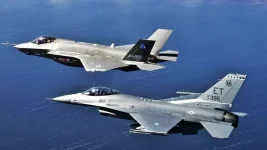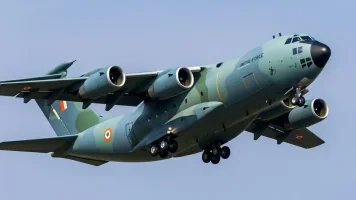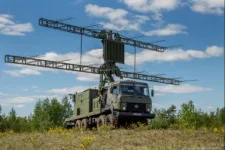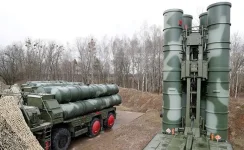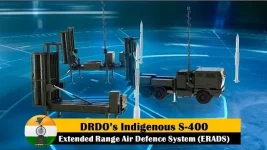- Views: 225
- Replies: 18
Recent military tensions and aerial clashes have brought a critical aspect of India's defence strategy into sharp focus: the need for advanced long-range missiles.
Experts argue that developing standoff weapons capable of hitting targets 500 to 800 kilometres away is essential for India to maintain a credible deterrent against Pakistan and counter the threat of state-sponsored terrorism.
This strategic necessity became evident during the 2019 Balakot airstrike. While Indian Air Force (IAF) jets successfully struck a terrorist training camp deep inside Pakistan, the subsequent aerial engagement highlighted challenges in India's long-range combat capabilities.
The events underscored the need for weapon systems that can strike distant targets without putting Indian aircraft and pilots at risk, thereby controlling the chances of a wider conflict.
The Challenge in the Skies
Modern air combat is increasingly dominated by Beyond-Visual-Range (BVR) engagements, where victory often goes to the side that can detect and fire upon an enemy aircraft from the farthest distance.Pakistan's air force currently operates F-16 and JF-17 fighter jets armed with American and Chinese missiles, such as the AIM-120C AMRAAM, which has a range of over 100 kilometres.
In comparison, the IAF's primary BVR weapon, the indigenously developed Astra Mk-1 missile, has a similar range of around 110 kilometres. While a significant achievement, this parity means India does not have a decisive long-range advantage.
To counter this, India's Defence Research and Development Organisation (DRDO) is working on advanced successors, including the Astra Mk-2 (160 km range) and the longer-range Astra Mk-3, which are crucial for giving IAF pilots the upper hand.
The Need for Standoff Capability
Equally important are standoff missiles, which are fired from a safe distance to destroy high-value targets on the ground.Such weapons are vital for neutralising enemy command centres, air bases, and terrorist infrastructure without requiring fighter jets to cross into heavily defended hostile airspace.
This capability significantly reduces the risk to pilots and planes and helps manage military escalation.
A missile with a 500-800 kilometre range would be a strategic game-changer. It would allow the IAF to launch attacks from secure locations deep within India's own territory.
For example, aircraft operating from bases in Rajasthan or Punjab could strike key military and strategic assets in major Pakistani cities like Rawalpindi or Karachi.
This is particularly important as Pakistan continues to upgrade its air defence network with systems like the Chinese-made HQ-9.
Building a Future-Ready Arsenal
India's current standoff arsenal includes the formidable BrahMos supersonic cruise missile, a joint venture with Russia, and the indigenous Nirbhay subsonic cruise missile.While effective, their ranges—with BrahMos variants reaching up to 600 kilometres and the Nirbhay aiming for 1,000 kilometres—point to a need for a wider portfolio of options.
Continued development and enhancement of these systems, potentially with improved stealth and propulsion technologies, are a priority.
Looking ahead, projects like the BrahMos-II hypersonic missile, which would travel at more than five times the speed of sound, could provide an overwhelming advantage, making it nearly impossible for air defence systems to intercept.
By investing in these advanced long-range systems, India aims to achieve several key objectives. It strengthens deterrence by signalling a capacity for a powerful and precise response.
It gives military planners greater operational flexibility and safety. Most importantly, it creates a vital technological edge needed to ensure regional stability and protect the nation from both conventional military threats and cross-border terrorism.

